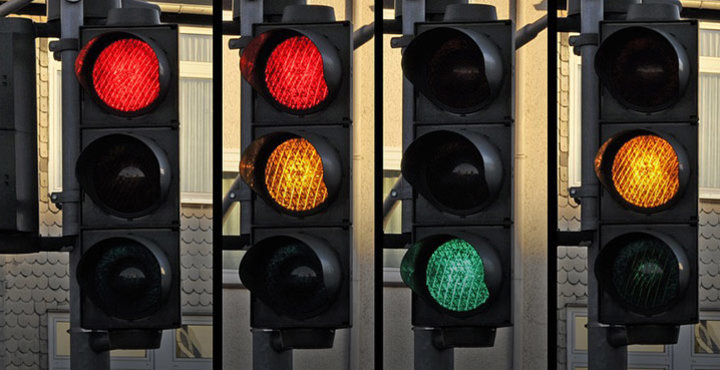Avoid academic writer's block
You've come up with the perfect thesis or essay topic—you've done plenty of research and know everything that there is to know about your topic—and yet, you can't seem to put pen to paper. You have plenty of thoughts and ideas about where you want your essay to go, but what you really need is a plan of action.
This is where an outline comes in. An outline is simply a general plan of the material you want to discuss in your paper, broken down in a clear and concise manner. An outline is a great tool to organize your thoughts, find the most logical order to present your material, and connect your ideas to one another.
Believe it or not, spending an extra 20 or 30 minutes creating an outline will enhance your understanding of the topic and make the essay writing process much easier. Outlines are so helpful in fact, that you may even find some professors require an outline to be turned in and graded before you can submit your completed paper.
Outlining the outline
Let's start by looking at the outline in a little more detail. Students submit dozens of outlines to us every week, and while there are several different types of outlines, the format of choice is the alphanumeric outline. In this type of outline, you subdivide your categories in the following way:
I. Roman numerals
A. Capitalized letters
1. Arabic numerals
a) Lowercase letters
(1) Arabic numerals inside parentheses
(a) Lowercase letters inside parentheses
Generally, in this type of outline, each category is a single word or a brief phrase describing that particular idea. This format is also sometimes called a topic outline. The decimal outline is quite similar, but it only uses numbers, which gives it the advantage of clearly showing how each category and subcategory are related:
1. Main topic
1.1. Subtopic
1.1.1. Detail
1.2. Subtopic
1.2.1. Detail
1.2.1.1. Sub-detail
2. Main topic
2.1. Subtopic
A sentence outline is very similar to these types of outlines, except that, as the name suggests, the categories are written in full sentences. Unless you are writing an outline as an assignment, choose whichever type works best for you—just ensure that you are consistent (i.e., don't use a combination of topics and sentences).
How to write an academic outline
The first steps in the outline writing process—if you haven't already done so—are to determine the purpose of your paper, decide who your audience is, develop a strong thesis, and begin your research. An outline always begins with a thesis statement or a summarizing sentence that presents the central idea of your paper in a full, grammatically correct sentence.
After you've come up with your thesis and gathered your research, it's time to brainstorm for ideas that you want to include in your paper. Write down everything that comes to mind; you can always remove or revise items later.
The art of organization
Once you've come up with a list of ideas, organize them into groups that are related to each other. At this point, don't worry about order, just focus on grouping your ideas together logically. After you finish grouping your ideas, you can then concentrate on putting them in an order that makes sense. Order the ideas into groups, and then order the information within the groups themselves; this forms your categories and subcategories.
Don't be afraid to spend some time editing and revising your categories. The better organized your outline is, the easier it will be to tackle the actual writing of your essay.
Fall in love with labels
Now that you have ordered your categories and created your subcategories, it's time to label them. If you are using a sentence style outline, you should come up with a sentence for each category and subcategory. If you're using a topic outline, come up with a word or brief phrase to describe each instead. If you are writing an outline as an academic assignment, your professor may require you to include a bibliography as well.
Streamline your essay-writing experience with an outline
That's all there is to it! Check out our example outline for this article so you can see what an outline should look like. Remember that an outline is not a rough draft; an outline is a visual representation of your paper. Focus on coming up with the main ideas of your paper and organizing them in a logical way. A good outline will make the writing process easier and strengthen your final result.
If you need an opinion on your outline and want to ensure it is free of grammar errors, be sure to have our academic editors take a look.
Image source: Wokandapix/Pixabay.com









